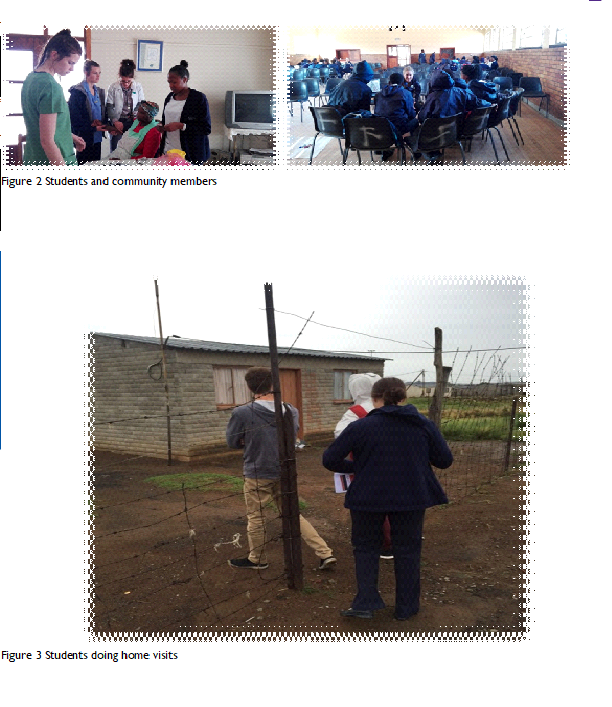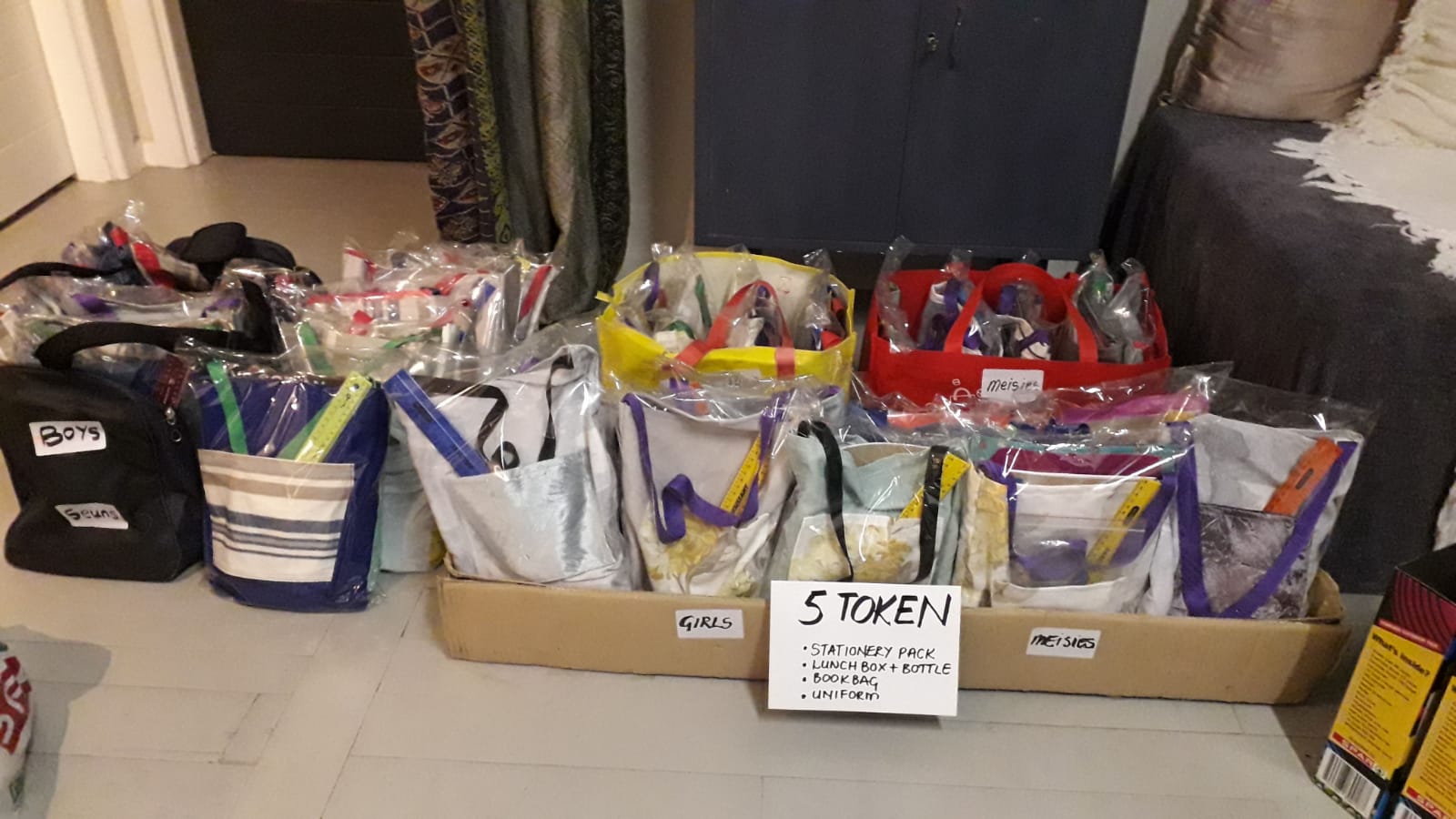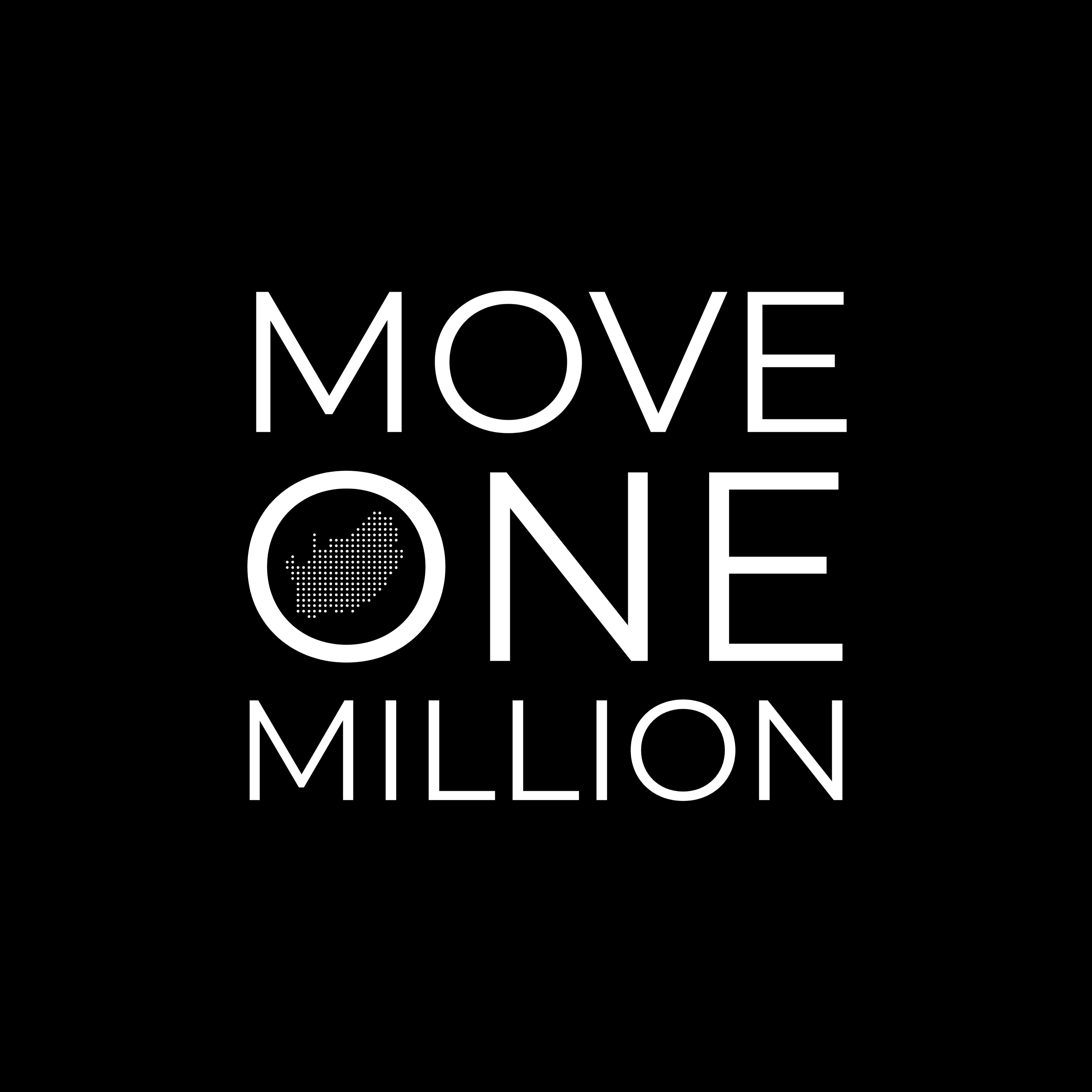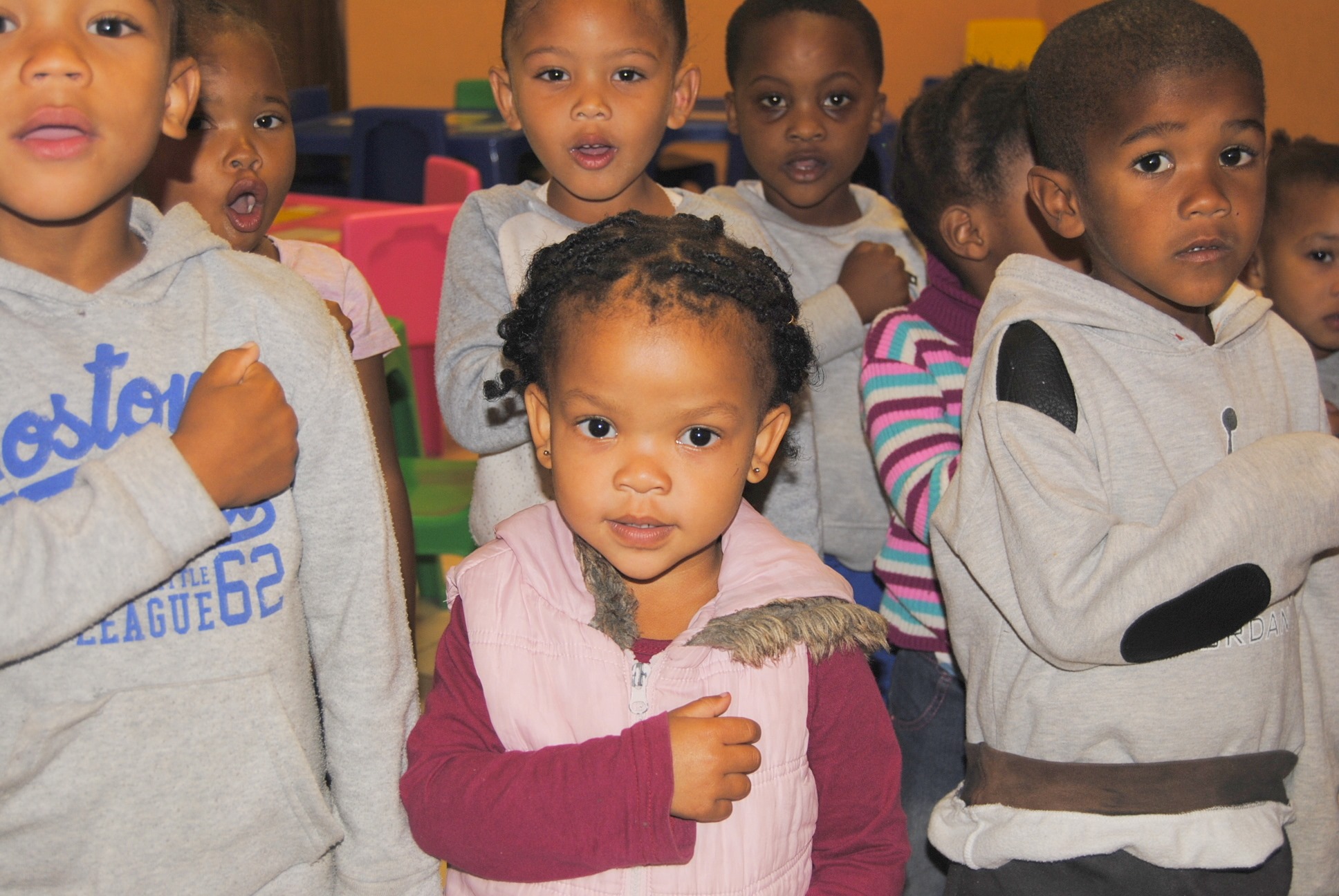Collaborative, Rural, Primary healthcare involving all sectors of the community: Kopanong community (3 towns, farming community), Free State Department of Health, Free State Department of Education, Agricultural unions, NGO's, Kopanong schools and clinics
What skills and resources were you able to draw from the community for this project?
Making the community an equal partner enabled them to voice how to be cared for and treated in a holistic, socially just, and knowledgeable manner. Community shares stories of positive deviance, resilience, struggles, and strengths. The community has become a source of knowledge and influenced values, ethics, moral practice, responsibility, civic-mindedness, teamwork, understanding, practical skills, shared leadership, participation, and engagement. Skills of networking are shared, communication, coordination, collective critical reflection, and how to become a change agent towards creating social wellness, Technology skills enhanced because digital storytelling enhances this and presentation skills for knowledge sharing. Community liaisons and contact persons facilitate coordination and communication; Community-based workers accompany students during home visits DoH nursing personnel assists students; Community-led Initiatives, e.g., Appletree club for girls Learning Festival- different workshops (e.g., welding, mosaic work) run by community members to empower entrepreneurship in school learners Feedback mechanisms: • Advisory Board • Research projects- Participatory Action Learning Action Research
The challenges
Health Profession students trained on this platform gain experience in authentic real-life challenges faced by rural communities. Health professions contain various disciplines that operate in silos, where fragmented learning and practice leads to incomplete learning and practice. Marginalized rural communities have difficulty accessing the existing health services; health services are not equipped to provide the necessary services. This project provides the community with a voice as all the sub-projects are based on community challenges and are driven by the community.
Addressing the challenges
Student residence, lecture, and internet facilities used by community members and organizations. Holistic community enrichment through interconnected sub-projects, the project is attempting to integrate the different sub-projects- this still needs attention Authentic student learning and critical consciousness, though the frequency and period could be extended. Research outputs (article on Digital stories accepted) and presentations at national and international conferences; 3 years of clinical data available, capacity is needed to increase output Formal (SLA with DoH) and informal community partnership and trust relationships have been formed. An earth playpark and an Earth Skate park has been constructed by students and community; the finalization of the next skate park is influenced by external factors Learners from three schools in the area attend open days at University- we need to additionally address access to and support of university life for identified learners In collaboration with business partners (local private optometrists) learners identified with vision, issues received donations of glasses; we are attempting to widen this collaboration Community support groups have been established for diabetes, mental health, hypertension, youth leadership; this is in response to minimal services and assistance from DoH and DoE structures Two academics received Vice-Chancellors awards for work done in this project. Participants UFS 2016-2018 Students 855 Facilitators 17/ annum * In addition to the permanent facilitator. Community members 2016-2018 Participants Numbers Learners New screenings 833 Follow-ups 788 Diabetes Mellitus patients (monitoring) 123/ year The above statistics do not reflect the mobile health service, as this only started in June 2019.
The achievements
Community mobilization enhanced health service to the community and are addressing challenges associated with referred to health care facilities, for example. Health in the community has improved, patients attended to by expanded care through a mobile health service (access to better health resources). Nearly 200 digital stories have been captured to showcase the work. Community support groups have been established for diabetes, mental health, hypertension, youth leadership. Due to employing community members as part of its staff and a 36-week presence in the towns of Trompsburg and Springfontein, the project also had a positive economic effect on the towns.











 Token Project / Move One Million
Token Project / Move One Million
